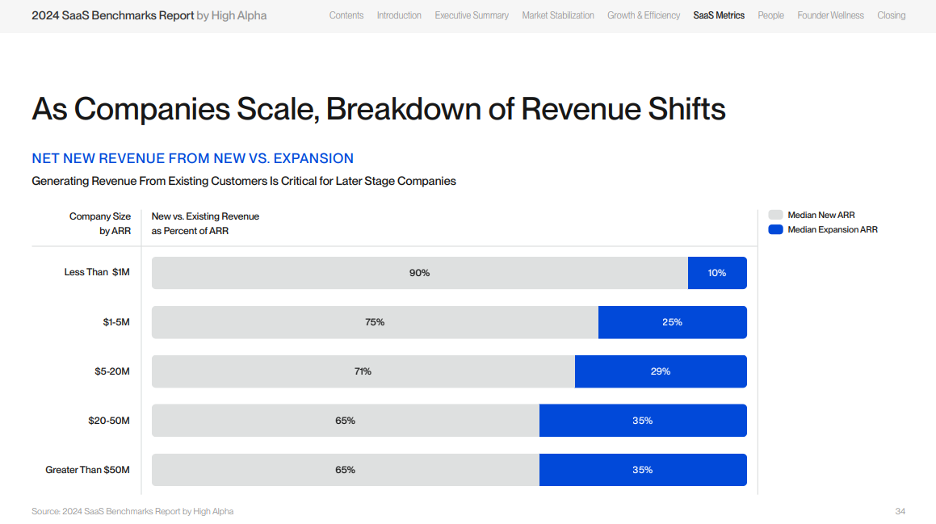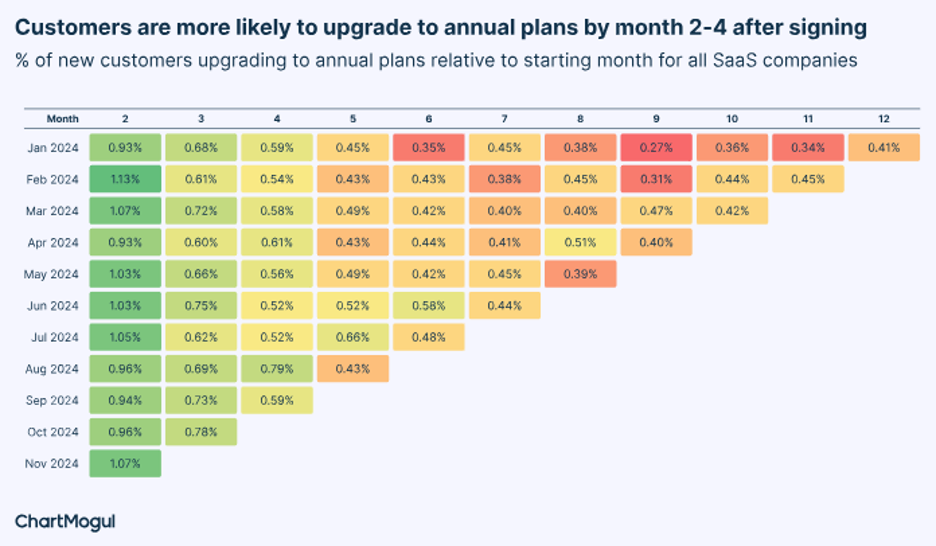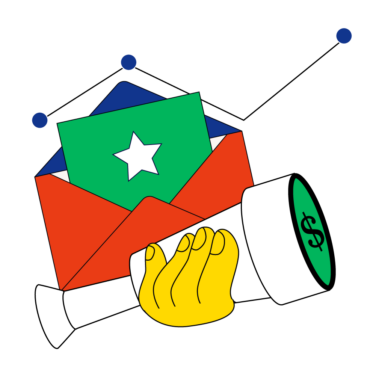Missed your targets in H1? Easy, just do more.
More ads. More outbound. More activity.
Except… that isn’t working either. And it’s expensive.
It’s hard to break the habit of loading your pipeline with top-of-funnel bets.
But with summer slowdowns, an unpredictable market, and longer sales cycles, there’s a smarter move: expansion.
Expansion is one of the fastest, most margin-friendly lever GTM teams are underutilizing. Done right, it becomes your most predictable path to revenue, especially when new logo acquisition slows down.
“Your existing customers are your biggest opportunity for growth, especially if they’re seeing value and having a great experience,” said Rebecca Lyons, Founder of Orgpath.io. “Don’t just chase new logos. Go deeper where trust already exists."
The Case for Expansion: Math, Margin, Speed
Customer acquisition costs are rising across every channel, and conversion rates aren’t keeping up. Meanwhile, expansion deals close faster and cost less.
Expansion deals typically close 30–50% faster than net-new. Champions are already in place, procurement is streamlined, and the value is proven.
In fact, expansion isn't just faster—it's more profitable. In the 2024 SaaS Benchmarks Report High Alpha found that companies with 106%+ net revenue retention (NRR) grow 2.5x faster than peers.
But the real secret to scaling is increasing expansion ARR. Companies with $50M+ ARR have a median expansion ARR of 35%. Existing customers are your biggest untapped market.

More good news: your customers are ready to upgrade earlier than you thought.
Analyzing the billing patterns of 2,500+ SaaS companies, ChartMogul found that customers are three times more likely to upgrade to an annual plan in month two than in month nine.
“An underrated metric most CROs don’t track is time-to-first-value,” Lyons said. “The quicker you can get customers to the aha moment, the more likely they are to stick around and recommend the product.”

TL;DR: Providing value early means customers are more likely to upgrade sooner, stick around longer, and spend more money—without the overhead costs of acquiring them net new.
The math is mathing on expansion.
How To Operationalize Expansion
So, how do you get to a place where more than a third of your revenue comes from existing customers? As with most things in GTM, it comes back to alignment.
You can’t bolt expansion onto a sales-led motion and expect it to deliver. It requires a bit of organizational rewiring.
“Go-to-market is the alignment of product, marketing, sales, and success to help customers realize value,” said Daniel Remedios, Founder & CEO of Revenue Labs. “And those teams must share the same definitions of success.”
While “rewiring” sounds scary, there are a few low-lift ways to help drive alignment around expansion across departments:
- Eliminate internal competition between net-new and expansion motions
- Align CS, Sales, and RevOps with shared goals and customer KPIs
- Build CRM workflows that flag expansion triggers: feature adoption, roadmap engagement, product milestones
Marketing also plays a critical role. Carr recommended setting pipeline goals by source and treating expansion like its own sales funnel. That means:
- Customer marketing campaigns aimed at driving feature adoption
- ABM programs focused on power users and executive sponsors
- Partner-influenced expansion opportunities tracked alongside outbound and inbound
Meanwhile, Customer Success shifts from renewals to revenue:
"Every CS interaction should map to the customer’s KPIs—onboarding time, revenue efficiency, operational scalability," Carr explained.
3 Ways GTM Leaders Are Doubling Down on Expansion
Carr and Lyons both told me that top GTM teams are treating expansion like a core sales motion, built around business outcomes and tied to clear plays. They identified three ways this is working for leaders in the field:
1. Value-Based Expansion Plays
Top teams are building plays around value realization, not just usage.
“Understand your current niche, and then explore where the money is,” Lyons said. “Tap into more stable industries, validate the problem, and let the market pull you toward your next expansion move.”
A few value-based plays you can run:
- Use Case Expansion: Map additional product capabilities to pain points across new departments.
- Cross-Sell Based on Outcomes: Introduce new modules by tying them to executive goals.
- Milestone Triggers: Use product signals to auto-initiate expansion convos when certain thresholds are hit.
2. Land & Thread with Maturity Models
“Thread into new teams via discovery—not just handoffs,” Carr said. “Treat expansion like a campaign.”
Here's how to make it work:
- Joint 30-60-90 day success plans between AEs and CSMs
- Internal threading based on maturity model progressions
- Expansion readiness surfaced through health scores + commercial discovery
3. Forward-Looking QBRs
Forget usage dashboards. Leading CS teams are turning quarterly business reviews (QBRs) into growth planning sessions and expansion opportunities. These QBRs use:
- Roadmaps as a strategic enabler
- Peer benchmarks to inspire stretch goals
- Co-authored account growth plans focused on the next business milestone
Start with a Sprint
You don’t need to overhaul your GTM engine overnight to break into expansion potential. You can start with an experiment. That’s how smart CROs are reframing and rebuilding GTM systems.
The summer is the perfect time to put an expansion play to the test. It’s a historically slower time for SaaS sales, so you can really see the impact of expansion compared to last year’s metrics.
Start with a 30-day sprint:
- Audit product usage and renewal timing to identify expansion-ready accounts
- Form cross-functional pods (CS + AE + RevOps)
- Run 2–3 value-based plays
- Measure expansion opps created, velocity, win rate, and NRR impact
Don't worry, I did the heavy lifting for you and built an Expansion Sprint Planner in Notion. Use it to launch this play in under 30 days. Please share your results with me at kerri@croclub.com. I'd love to know how it went!
Final Word: Expansion Is a Trust Play
Net-new acquisition relies on assumptions: projected ROI, theoretical outcomes, logo envy. Expansion is built on proof.
The customer already trusts you. Expansion is how you deepen that trust, deliver more value, and grow without growing headcount.
“No one builds trust faster than customers who are heard, empowered, and activated,” wrote Jeff Reekers, CEO & Co-Founder at Champion.
This summer, your fastest path to revenue isn’t more leads. It’s more value for the customers you already have.


